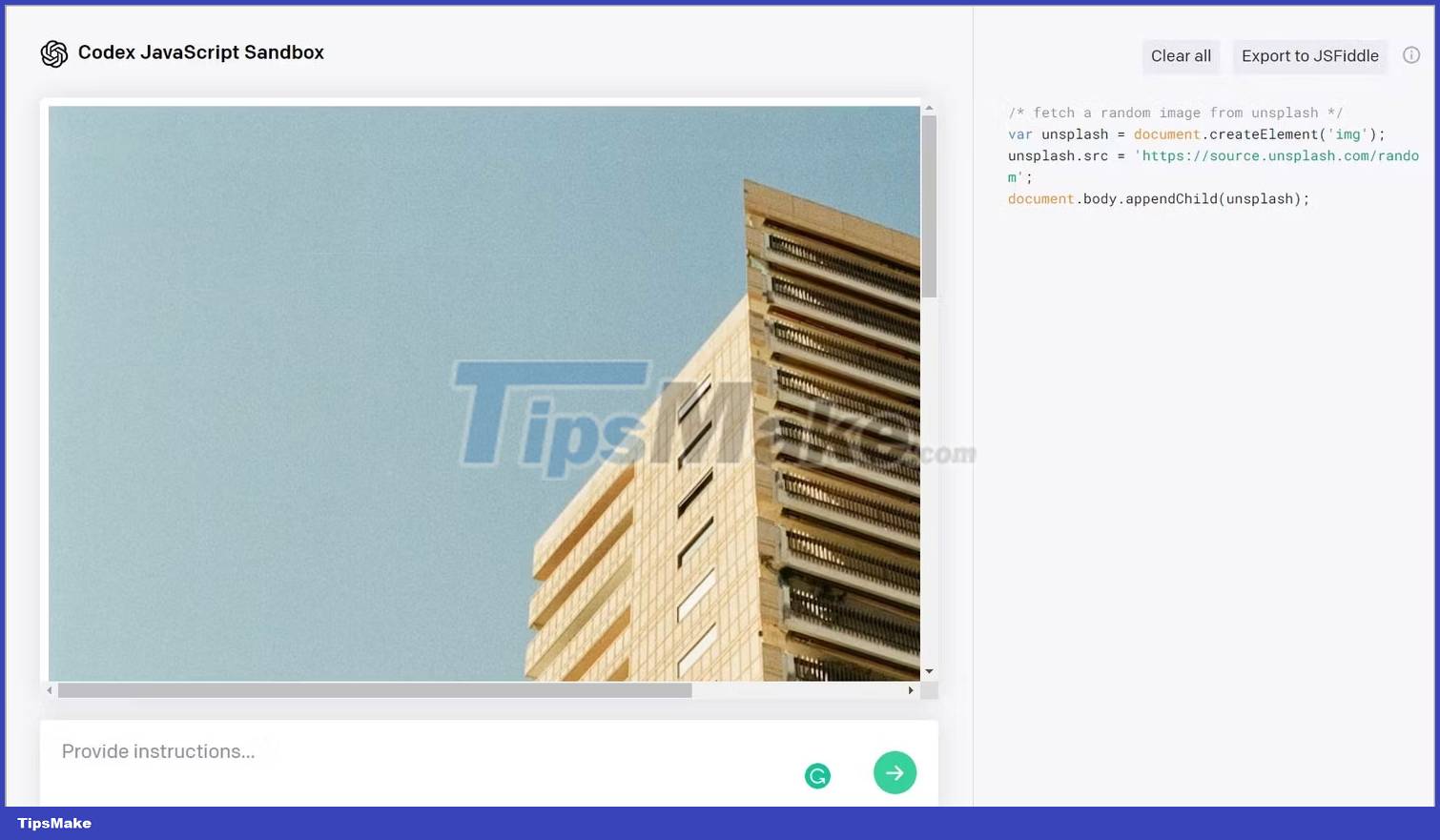Everything you need to know about OpenAI
Origin of OpenAI
Founded in 2015, OpenAI focuses on research and development of AI-based tools. On its official website, OpenAI states that its goal is "to ensure that artificial intelligence benefits all of humanity".
Sam Altman, Elon Musk, Wojciech Zaremba, Greg Brockman, John Schulman and Ilya Sutskever founded OpenAI, which is headquartered in San Francisco. However, Elon Musk resigned in 2018 due to potential conflicts with his AI development at Tesla and SpaceX.
OpenAI aims to avoid a future where tech corporations like Google and Microsoft monopolize AI technology. Their goal is to transparently improve AI technologies and make them open source - that is, available to everyone.
In December 2015, Sam Altman, Elon Musk, Wojciech Zaremba, Greg Brockman, John Schulman and Ilya Sutskever founded OpenAI, which is headquartered in San Francisco. However, Elon Musk resigned in 2018 due to potential conflicts with his involvement in Tesla and SpaceX.
OpenAI is committed to researching AI advancements and sharing its knowledge with the rest of the scientific community. The company has published many articles on AI, including breakthroughs in artificial neural network architecture and AI training methods.
OpenAI was originally a non-profit organization but has evolved into a hybrid project with non-profit and for-profit components. The cost of creating AI products, which require huge amounts of data, makes it difficult for the team to continue operating as a nonprofit.
The for-profit subsidiary started in 2019 with the OpenAI Limited Partnership, as the company wanted to attract funding for its research.
Main projects and achievements of OpenAI
OpenAI has announced a $1 billion donation goal but has only received a little over $130 million so far.
Then there's the OpenAI LP. Crunchbase reports that OpenAI LP has amassed over $11.3 billion in funding in 5 rounds, from its founders and contributors to a $1 billion investment from Microsoft in 2019. So, It's no surprise that this research company has hit major milestones.
1. ChatGPT

ChatGPT (Chat Generative Pre-trained Transformer), launched on November 30, 2022. It can be used for text creation and translation, content creation, and even casual communication. In 2020, this OpenAI-generated language model passed the Turing test.
ChatGPT-3 is the first generation of ChatGPT released in 2020. It is trained on a huge dataset of code and text with about 175 billion parameters.
The latest generation, ChatGPT-4, has 45 billion parameters, meaning it has been trained in a richer set of text and code data than its predecessor, making it accurate, creative, and fluid. more flowing.
2. DALL-E

DALL-E is a Generative AI model capable of generating images from text descriptions. It was created in January 2021 and has since undergone several improvements.
Early models could only produce images with a resolution of 256x256 megapixels, which were heavily criticized and shunned for inaccurate and blurry images. However, the DALL-E 2, released in April 2022 and released to the public in July 2022, is able to produce 1024x1024 megapixel images, which are more accurate and true to life than their predecessors.
This AI model can create visual content such as paintings and memes for product design, flyers, posters and campaigns, research, and more.
3. Codex

Released in 2021, the Codex is based on the GPT-3 family of language models - an AI model that can generate code. It can generate code that's as good, or even better, than code written by human programmers.
The Codex can generate code in a variety of programming languages, including Python and Java. It can also translate over 200 languages, text and code, and even translate between different programming languages.
Challenges and Controversies that OpenAI Faces
OpenAI was founded to promote AI research and prevent monopolies. But the research firm faces challenges on various fronts.
1. Regulatory issues
AI has progressed faster than we expected. There are models that can create text and images within seconds. And there are concerns that malicious entities could use this to create misinformation, spread fake news and cause chaos.
For example, there have been cases where images created by DALL-E were used to spread fake news because they looked so authentic.
OpenAI has started creating controls to try to prevent these scenarios. But some of these measures have also prevented the use of models, even within normal parameters.
2. Balance between hidden and shared research
OpenAI's mission is to make AI accessible to everyone. In the beginning, the company stuck to its motto, publishing all of their research and achievements.
However, as AI advances, so do its applications, so the possibility of AI being used for malicious purposes also increases. This has led OpenAI to try to find a balance between hidden and shared research, despite this going against their original mission.
3. Ethical issues
There have been cases where OpenAI's models displayed misleading content due to the type of training data they were built on. Solving this problem is complicated because it will require a lot of fine-tuning and exhaustive data selection. And even then, it is nearly impossible to eliminate biased results.
4. Competition
OpenAI has many for-profit competitors, such as DeepMind (a subsidiary of Alphabet Inc.) and NVIDIA corporation, which are also developing AI solutions. To stay ahead, OpenAI must continuously innovate and collaborate. This has led the company to transition from a non-profit operation to a sponsorship-welcoming hybrid.
You should read it
- OpenAI artificial intelligence defeated 5 professional Dota 2 players
- GPT-5 is coming, significantly better than GPT-4
- OpenAI artificial intelligence defeated the current world champion Dota 2
- OpenAI launches ChatGPT app for iPhone users
- Based on GPT-3, they have developed a tool that can turn your commands into lines of code
- Elon Musk sued Sam Altman and OpenAI
 How ChatGPT boss iris scanning sphere works
How ChatGPT boss iris scanning sphere works AI creates dancing videos with just a single photo
AI creates dancing videos with just a single photo Photoshop's new AI engine allows images to be enlarged with new landscapes
Photoshop's new AI engine allows images to be enlarged with new landscapes 8 best AI apps to download on your phone
8 best AI apps to download on your phone 6 ways to apply AI in music production
6 ways to apply AI in music production Perplexity AI or Bing Chat is better AI search engine?
Perplexity AI or Bing Chat is better AI search engine?